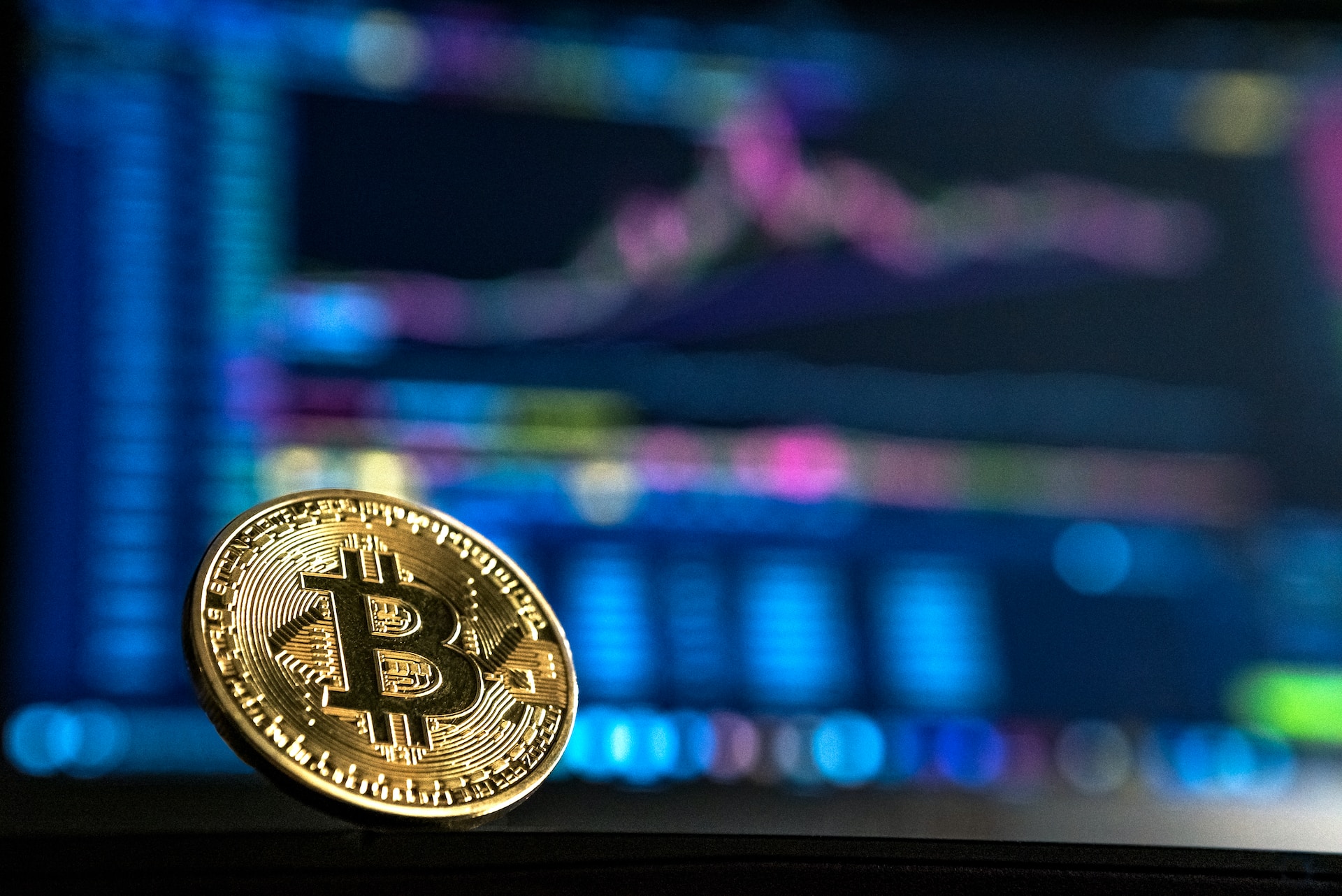In the volatile world of global finance, few markets wield as much influence as the foreign exchange (Forex) market. The ebb and flow of currencies not only reflects the economic health of nations but also shapes the trajectory of international trade and investment. For the United States, a behemoth in the global economy, understanding the currents of Forex is not just prudent; it’s imperative.
In recent times, the Forex landscape has witnessed significant shifts, driven by a myriad of factors ranging from geopolitical tensions to central bank policies. As the U.S. economy navigates these turbulent waters, the implications ripple far and wide, impacting businesses, consumers, and policymakers alike.

Understanding Forex Dynamics
At its core, Forex trading involves the exchange of one currency for another at an agreed-upon price. This constant exchange creates a dynamic marketplace where currencies fluctuate in value relative to each other. Factors influencing these fluctuations are diverse and complex, encompassing economic indicators, political stability, interest rates, and market sentiment.
For the United States, as the world’s largest economy and issuer of the reserve currency, the U.S. dollar (USD) holds a special position. Its movements reverberate across the globe, affecting trade balances, capital flows, and the competitiveness of American exports.
Impact on US Economy
The interconnectedness of global markets means that changes in Forex rates have profound implications for the U.S. economy. A strengthening dollar, for instance, can make American goods more expensive for foreign buyers, potentially dampening export-driven industries. Conversely, a weaker dollar can boost exports but may lead to higher inflationary pressures, especially if import costs rise.
Moreover, fluctuations in currency markets influence investor confidence and capital flows. Foreign investors may flock to U.S. assets during periods of currency appreciation, driving up demand for stocks, bonds, and real estate. Conversely, a depreciating dollar could trigger capital flight, as investors seek refuge in more stable currencies.
Policy Responses
In response to Forex dynamics, policymakers often deploy a range of tools aimed at maintaining stability and promoting economic growth. Central banks, including the Federal Reserve, closely monitor exchange rates and may intervene in currency markets to mitigate excessive volatility. Additionally, fiscal policies, such as tariffs and trade agreements, can shape currency valuations by altering the competitiveness of domestic industries.
However, policymakers must tread cautiously, as interventions can have unintended consequences. Attempts to artificially manipulate exchange rates may invite accusations of currency manipulation, potentially sparking trade disputes and retaliation from trading partners.
Navigating Uncertain Waters
As the United States charts its course through the Forex waters, businesses and investors must remain vigilant, adapting to changing market conditions and hedging against currency risk. Diversifying revenue streams, utilizing financial derivatives, and maintaining robust risk management practices can help mitigate the impact of currency fluctuations.
Furthermore, fostering economic resilience requires a comprehensive approach that addresses structural imbalances and promotes sustainable growth. Investments in education, infrastructure, and technological innovation can enhance the competitiveness of the U.S. economy, reducing its vulnerability to external shocks.
In conclusion, the Forex market serves as a barometer of global economic health, reflecting the ebbs and flows of commerce and finance. For the United States, understanding and navigating these waters are essential tasks, with far-reaching implications for prosperity and stability in the years ahead. As the economic tide continues to shift, adaptability and foresight will be the keys to success in an ever-changing world.











